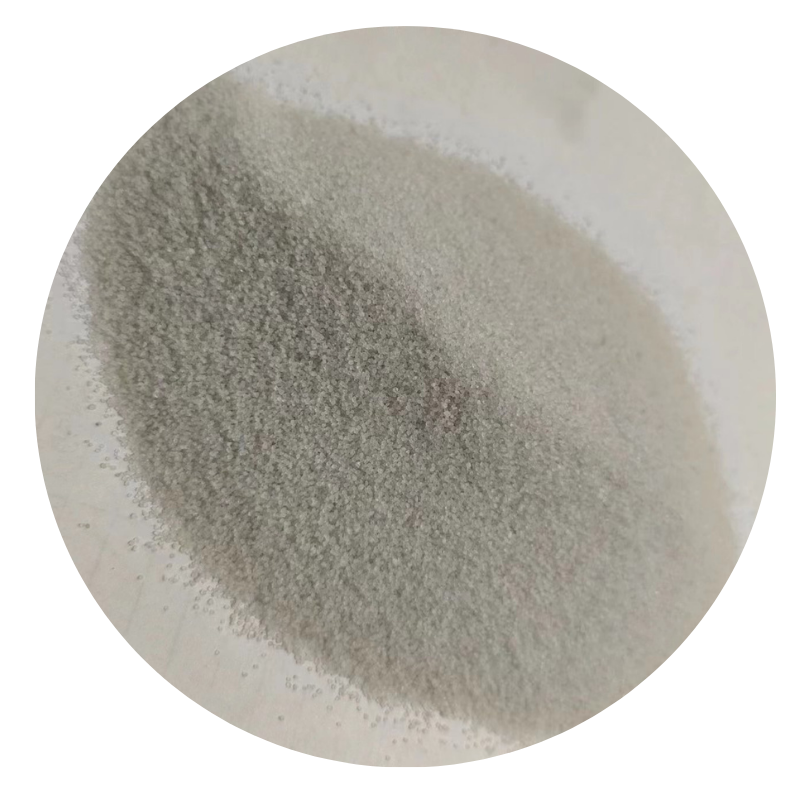
ultra fine fly ash
Exploring Ultra Fine Fly Ash Properties and Applications
Ultra fine fly ash (UFFA) is a byproduct derived from the combustion of coal in power plants. While fly ash is well-recognized as a pozzolanic material that enhances the properties of concrete, the ultra fine variant has garnered attention due to its unique characteristics and potential applications in various industries. This article delves into the properties of UFFA and its benefits in construction, environmental sustainability, and material science.
Properties of Ultra Fine Fly Ash
Ultra fine fly ash typically possesses a smaller particle size than conventional fly ash, with a mean diameter often less than 10 microns. This fine particle size leads to a greater surface area, which enhances its reactivity and pozzolanic properties. The chemical composition of UFFA primarily includes silica (SiO2), alumina (Al2O3), and iron oxide (Fe2O3), which are critical in promoting the formation of calcium silicate hydrates (C-S-H) when mixed with lime or cement.
Moreover, UFFA exhibits a spherical shape that aids in reducing the friction during mixing processes, improving the workability of concrete. The fine particles can fill the voids between larger aggregates, leading to denser and more cohesive mixtures. This characteristic not only contributes to the mechanical strength of concrete but also minimizes the permeability, enhancing durability.
Applications in Construction
In the construction industry, UFFA serves multiple roles. Its pozzolanic nature allows it to replace a portion of cement in concrete mixes, contributing to reduced carbon emissions and lower costs. The partial replacement of cement with UFFA can lead to improved compressive strength, reduced water absorption, and enhanced resistance to chemical attacks, making it suitable for aggressive environments.
ultra fine fly ash

Additionally, UFFA can be utilized in producing high-performance concrete, which is increasingly demanded in modern construction projects. Its incorporation yields concrete with superior workability and strength, enabling the construction of slender structures without compromising safety or durability.
Environmental Benefits
Utilizing UFFA is not only advantageous from a performance perspective but also contributes to environmental sustainability. The disposal of fly ash poses significant environmental challenges, leading to landfill usage and associated pollution concerns. By repurposing UFFA in construction, we can mitigate the environmental impact of coal combustion.
Moreover, the use of UFFA in concrete production can significantly reduce the carbon footprint associated with cement manufacturing. Traditional cement production is a major contributor to greenhouse gas emissions; substituting a portion with UFFA helps in lowering these emissions. This aligns with global efforts to promote sustainable construction practices and reduce the construction industry's impact on climate change.
Future Perspectives
As interest in sustainable building materials continues to grow, the future of ultra fine fly ash looks promising. Ongoing research aims to further understand its properties and optimize its use in various applications. Innovations in processing and the exploration of new methods to enhance its pozzolanic activity will likely broaden the scope of UFFA in construction and other fields.
In conclusion, ultra fine fly ash presents an exciting opportunity for advancing construction practices and promoting environmental sustainability. By harnessing its unique properties and benefits, we can pave the way for a more sustainable and resilient built environment. As industries seek to minimize their ecological footprint, UFFA stands out as a valuable contributor to greener construction solutions.
Share
-
Premium Pigment Supplier Custom Solutions & Bulk OrdersNewsMay.30,2025
-
Top China Slag Fly Ash Manufacturer OEM Factory SolutionsNewsMay.30,2025
-
Natural Lava Rock & Pumice for Landscaping Durable Volcanic SolutionsNewsMay.30,2025
-
Custom Micro Silica Fume Powder Manufacturers High-Purity SolutionsNewsMay.29,2025
-
Custom Mica Powder Pigment Manufacturers Vibrant Colors & Bulk OrdersNewsMay.29,2025
-
Custom Micro Silica Fume Powder Manufacturers Premium QualityNewsMay.29,2025






